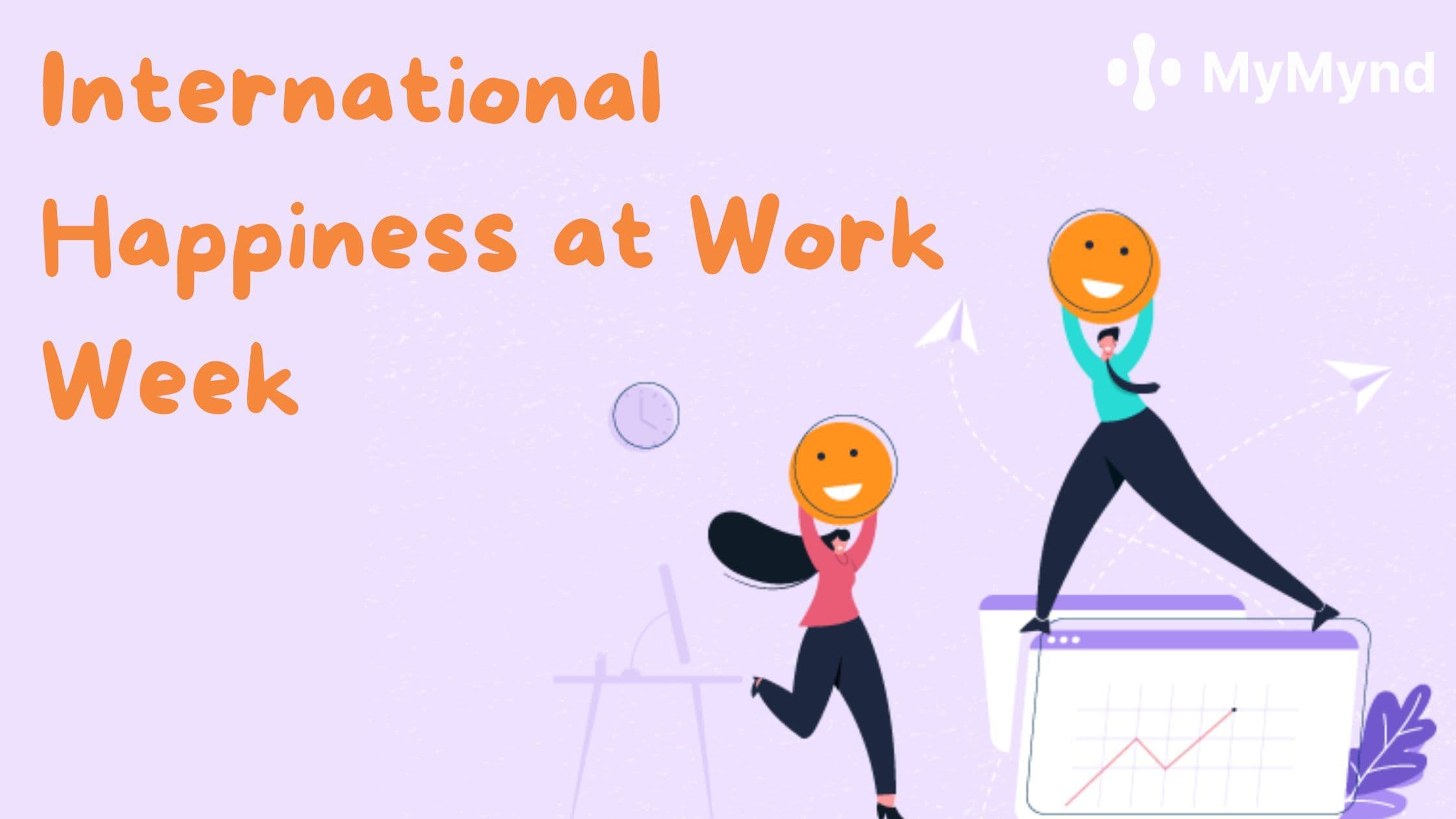...
...
...
...
...

Empathic listening is a key skill that we talk about regularly but rarely manage to practice well

Hannah Clemens
Feb 21st, 2023
Talking about wellbeing and mental health is one of the first steps in creating an open culture, however, we hear that one barrier to even starting a conversation is being worried about saying or doing the 'wrong' thing.
The one skill we can all develop that helps to create a psychologically safe environment is empathic listening.

Conversations are two-way: what we share with others provokes a reaction, reflection, and response in them that in turn we react to.
Ideally, upon sharing our inner thoughts & feelings with someone, we want them to listen well and make us feel like they understand and support us. But what if those expectations aren’t met? And the other way round, how can we make sure we don’t feel overwhelmed or react 'wrongly' when someone approaches us and shares their struggles?
When a colleague or friend comes to us with a problem or a challenge they are facing, it can be difficult to know how to respond. Especially when that challenge is about something as personal as their mental health.
We might have even noticed a change in the person ourselves, or spotted a sign that they are going through something, yet we struggle to reach out for fear of saying the 'wrong' thing or making it worse.
What can be really helpful in these situations is to try and put yourself in the other person’s shoes and think about what you would want if you were the one struggling.
Here are a few simple tips:
Sometimes we can get swept up in trying to “fix” the problem, that we forget to really listen to what the person is saying. We are already thinking three steps ahead and prepare a reply in our heads instead of giving them the space to truly tell us how they feel.
Active listening means to truly listen with people. Empathic listening means to truly feel with people while you listen to them. It’s about giving them the space to be heard and understood.
Your underlying message should be clear: “I understand your problem & how you feel right now. I am interested in what you are telling me and I am not judging you.”
Ask open-ended questions. The best way to stay non-judgmental and lead an open conversation is to avoid closed questions.
Think of yourself as a mirror. Try and repeat the person’s thoughts and feelings back to them. This can help confirm your understanding and encourages them to continue with their message.
Show acceptance. While you don’t have to necessarily agree, it’s important you show them that you accept what they are saying. Do this by nodding or injecting phrases such as ‘I see’ or ‘I understand’.
Pay attention to body language. Often there is something to be learned from what is not being said. Try to also read the person’s body language.
Give them space. You do not have to fill every pause and quiet period. Give them the time and space to gather their thoughts and continue when it suits them.
Watch your posture. If you want to seem trustworthy and warm, try to adopt a relaxed posture with open arms and constant eye contact.

Living with Social Anxiety: Practical Advice for Everyday Life
Keeva Galway
Aug 5th, 2024

Why is Happiness at Work so important and how can we achieve it?
Nia Griffiths
Sep 23rd, 2024

Exploring different types of movement for wellbeing: indoors, outdoors, solo, or social.
Mollie Drew
Aug 19th, 2025